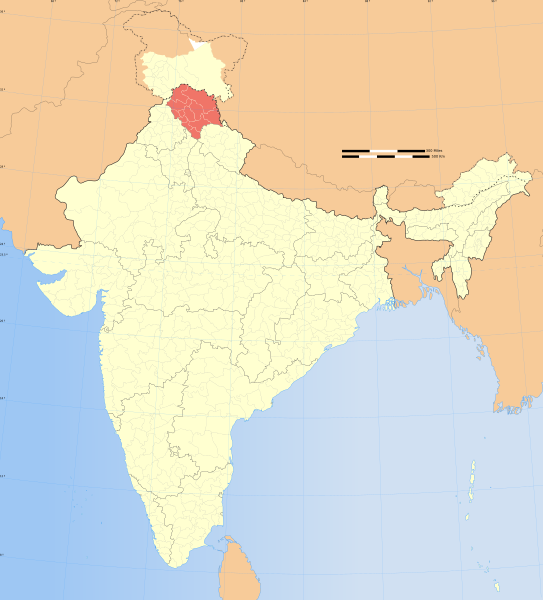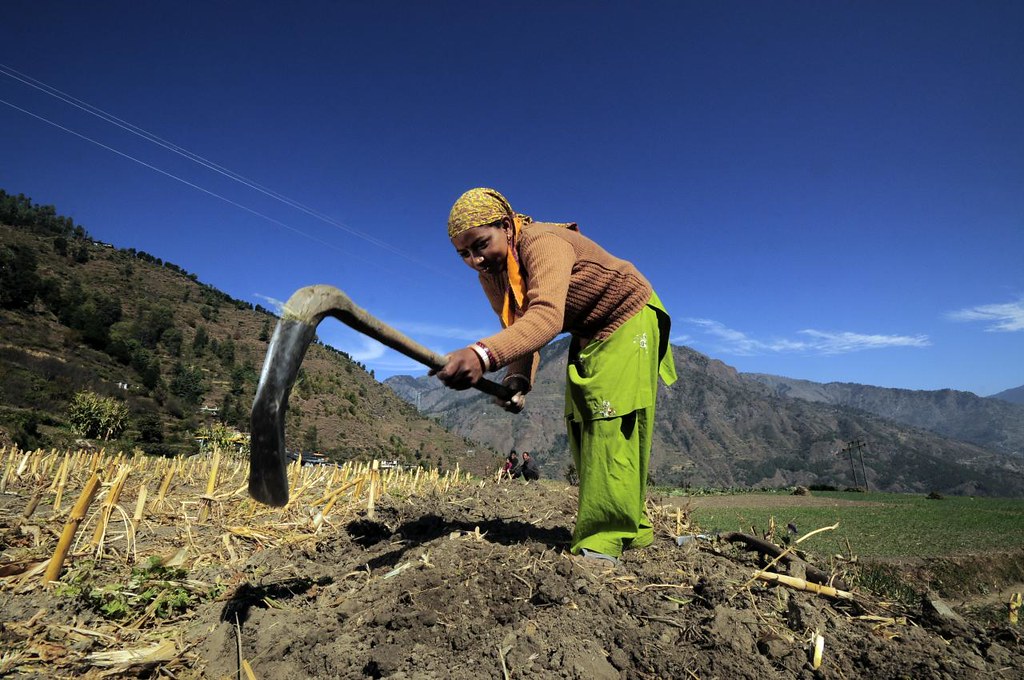Lawmakers in the Indian state of Himachal Pradesh have passed an amendment to the state’s drug law that will allow the production of industrial hemp and medical marijuana.
The state legislature last week adopted a resolution to amend the state Narcotic Drugs and Psychotropic Substances (NDPS) Act (1985), accepting a plan from a legislative committee formed last year to study the potential for cannabis production.
Under the resolution, approved unanimously by state lawmakers, industrial hemp is limited to the production of fiber, grain and cultivation seed. Hemp farmers can either grow the crop independently or engage in contract farming.
Medical cannabis will be strictly managed by the state government, with facilities to be under 24-hour surveillance by CCTV cameras.
The rules specifically exclude “charas,” a popular form of hash produced from marijuana plants.
Other states studied
The legislative committee assigned to study the industry last year made wide-ranging recommendations for the state program.
“The committee visited all the districts of Himachal Pradesh and consulted local residents on how cannabis cultivation could be used for medicinal and industrial purposes,” said Jagat Singh Negi, Revenue Minister and chairman of the committee.
“We also studied the successful models in Jammu and Kashmir, Uttarakhand, and Madhya Pradesh. The overwhelming consensus was in favor of legalizing it in Himachal Pradesh,” Negi said.
New cannabis agency
In addition to amending drug laws to open up the market, the resolution calls for establishing a state agency to regulate production under industrial hemp and pharma sub-units.
Plots used for medical marijuana production are to be geo-tagged by the state departments of revenue, information technology and environment, science and technology, and climate change.
The committee said seed banks can be developed by government agriculture and horticulture agencies in coordination with research and development experts and universities including the CSK Agriculture University, Palampur, and Dr. YS Parmar University at Nauni.
The state government is to set aside funds for research and development, and public information campaigns. Knowhow needs to be advanced in all aspects of production ranging from cultivation to end products, the committee observed.
Hemp for rural areas
The government’s goal is to attract investment while raising the economic prospects for impoverished rural areas and capitalizing on hemp’s environmental benefits.
Advocates in Himachal Pradesh envision the production of hemp as an input for bio-plastics and natural construction materials, pharmaceuticals, ayurvedic products, textiles, food and cosmetics. A strong hemp sector can create jobs and otherwise help boost local economies, and exports to international markets are also possible, they have said.
The production and sale of hemp products have been legal for several decades in India under strict rules in the 1985 NDPS Act and a 0.3% THC limit. However, states act independently, and many have yet to sanction hemp production, so the hemp industry has been slow to develop.
Research is needed
The Food Safety and Security Authority of India signed off on regulations in 2021 that opened up markets for hemp grain in the food and beverage sectors. However India faces the challenge of a weak ecosystem for developing hemp food products, exacerbated by a gap in knowledge and understanding of the processes involved in bringing products to market. Observers say research is still in an early stage, and that consumers must still be informed and educated about hemp.
India and the Indian subcontinent are home to many indigenous varieties of cannabis. However, quality hemp planting seeds are in short supply, and genetics for cultivation seed to produce grain for food still need to be developed.
Located just below the northern tip of India in the western Himalayas, the diverse climatic zones of Himachal Pradesh support a variety of crops, including grains, vegetables and cash crops such as ginger, garlic, and saffron. The state is also a source of medicinal and aromatic plants such as hops, wild marigold, and various herbs.
Though agriculture supports more than 60% of the state’s population, farms are small, averaging less than one hectare of arable land.


